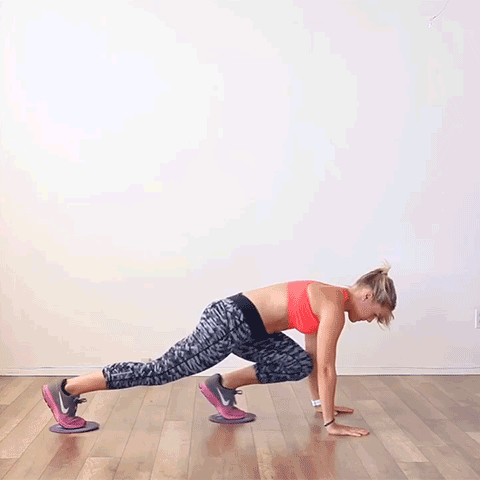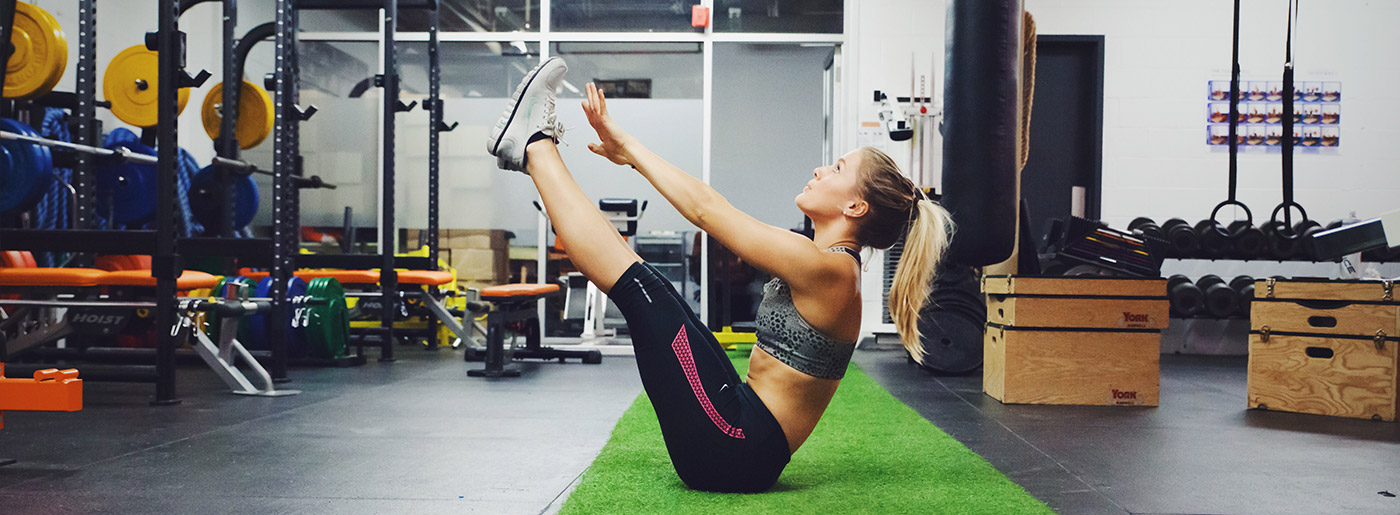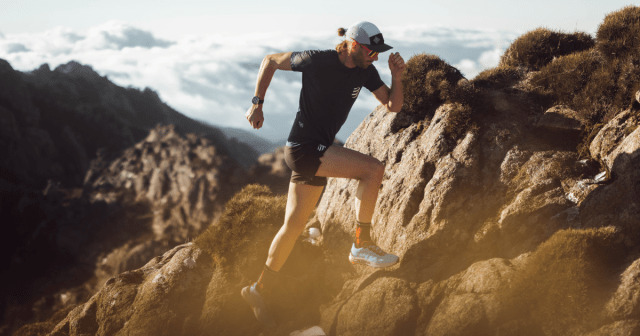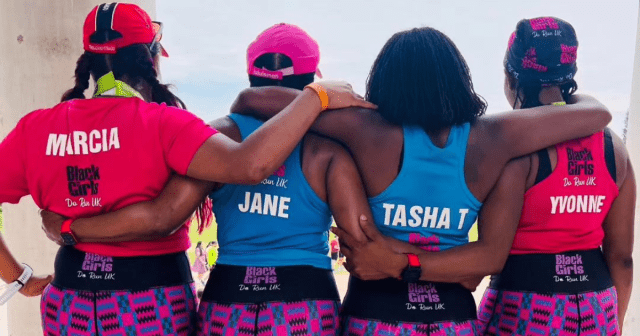A strong core is essential for any runner looking to improve their performance and avoid injury. While your core is undoubtedly activated while you run, you also need to do specific core training if you’re looking to maintain proper posture and stability and avoid injury.
The more core strength you garner, the more stable your hips, pelvis, and knees become. This means less strain on your connective tissues and muscles.
At first, it may sound confusing how a strong core would help prevent a tumultuous number of running injuries – including those of the hip and knee – but this is the case.
The more core strength you garner, the more stable your hips, pelvis, and knees become. This means less strain on your connective tissues and muscles.
This is especially true for endurance runners because a strong core will help your running form stay intact even at the end of a long race when your body is fatigued.
Crunches shouldn’t be the only core exercises you do
It is important to understand that your ‘core’ comprises more than simply your abdominal muscles. It also includes your back, pelvis, and components of your lower trunk – such as your hip flexors, abductors and adductors.
While exercises like crunches are great for toning superficial muscle groups like your rectus abdominis, they shouldn’t be the only ‘core’ exercises you include in your strength training program.
A shaky foundation is not optimal to build on. In other words, don’t focus solely on your outer core muscles.
It’s essential to incorporate muscles of the inner core (those invisible to the eye) into your training program, as these muscles can contribute greatly to running injury if they remain weak.
If you think about your core the same way you would understand the construction of a house, then you can see how a shaky foundation of bricks is not optimal to build on. In other words, don’t focus solely on your outer core muscles, if those deep core muscles are not yet strong.
3 tips for building a stronger core
The primary deep core muscles include the mutifidus, transverse abdominus, and pelvic floor, and there are three key activation techniques that will get them fired up.
-
Master a ‘neutral spine’
This means that before you begin a core exercise, make sure your bum isn’t sticking out, and that your hips are not leaning forward (creating a round back).
-
Breathe
Understand the importance of your breath and contract your lower abs (pelvic floor) when you exhale.
-
The slower the better
Most core exercises are not intended to be done fast – the only exception being if you are doing a full-body exercise that challenges your core at the same time (like mountain climbers).
Hallelujah! This means you can stop performing an infinite number of daily sit-ups, and begin to look at training your entire mid-section in a way that will allow for faster cadence when you run, and help protect you against injury.
4 core exercises for runners that work your entire body
1. Mountain climbers

- You can do mountain climbers with towels under your feet, or jumping each foot close to your chest, i.e. without sliding
- Aim for 3 sets of 30 seconds (3×30 sec). The more in-shape you are, the longer you’ll be able to perform this exercise. Aim to keep your back flat, and exhale each time you bring a knee to your chest.
- In the personal training world, this exercise is a staple for core and cardio work. It’ll challenge your entire mid-section, from your back all the way to your upper and lower abdominals. It’s also a great exercise for any runner, given it mimics the same neuromuscular pathway seen when you drive up your knee in a sprint.
2. Strict toes-to-bar

- Aim for 3 sets of 10 repetitions (3×10). This exercise can be regressed by performing knee raises as opposed to a straight leg raise.
- By lifting your legs, the exercise allows your lower core to work, while at the same time engaging your hip flexors – a muscle essential for running power and explosion.
3. Elbow-to-knee plank

- Aim for 3 sets of 20 repetitions on each side (3×20).
- This exercise will engage your obliques, which are important muscles for core stability because they allow your upper trunk to stay stable when your arms swing as you run.
- This exercise is also brilliant because it’ll activate your bum muscles (glutes) as you lie laterally. This is important given weak glutes are frequently tied to lower back pain, and running only puts a higher repetitive stress on this area if left untreated.
4. Sprinter abs

- Aim for 3 sets of 5–10 repetitions (3×5–10). There is greater leniency in the number of repetitions possible here because the second your form is compromised during this exercise, you should rest.
- Ensure your back remains straight at all times and that your lower and upper trunks lift off the floor at the same time.
- Arguably the most challenging of the four exercises, this core move will work your running coordination by practicing knee drive, and opposite arm-leg timing. Furthermore, it will activate your hip flexors, pelvic floor and your lower/upper abdominals.
If you liked this post, don’t forget to share so that others can find it, too.
Or give it a thumbs up!
I like this article
Please note that the information provided in the Polar Blog articles cannot replace individual advice from health professionals. Please consult your physician before starting a new fitness program.





